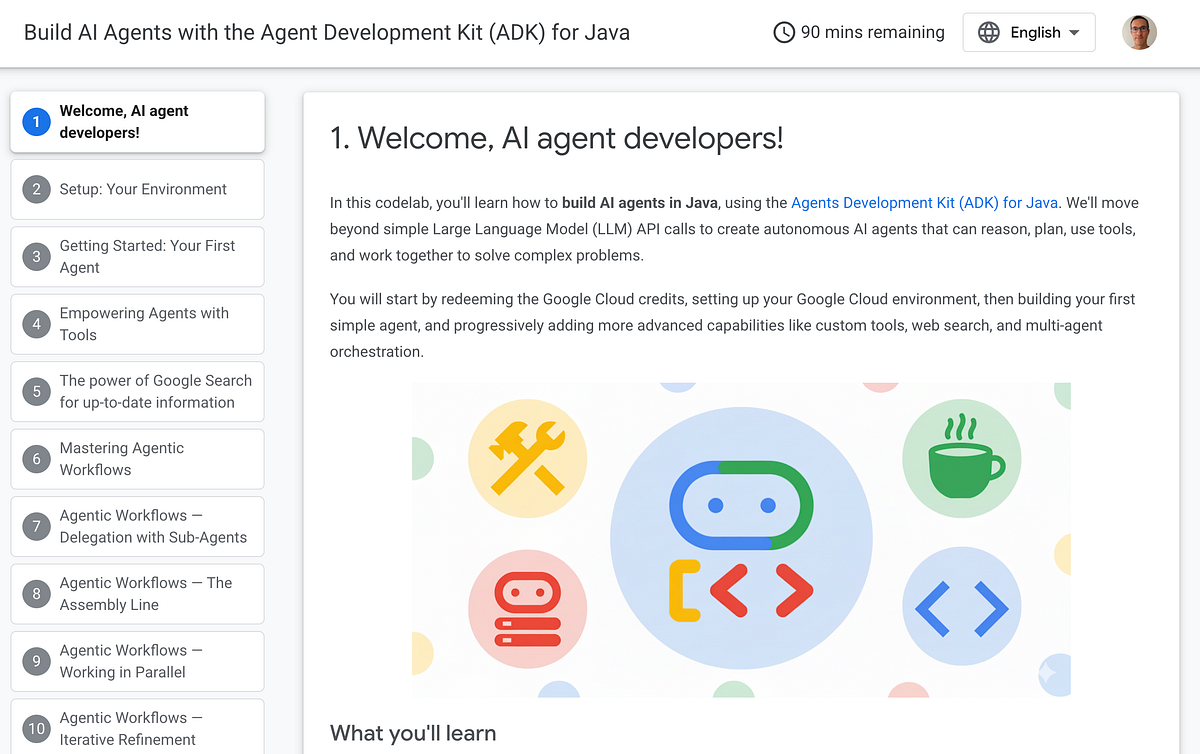
The recent announcement of Firestore with MongoDB compatibility by Google Cloud undoubtedly offers developers new options and convenience. This means developers can utilize familiar MongoDB query language and client libraries within Firestore, significantly reducing the learning curve and migration hurdles for teams already familiar with the MongoDB ecosystem. However, simply assuming complete interchangeability due to this compatibility, or overlooking their respective inherent characteristics and suitable scenarios, could lead to unforeseen issues in future application development.
Let us explore the distinct features and use cases of Firestore and MongoDB in the context of this compatibility so that we can make more informed technology choices.
Convenience Brought by Firestore with MongoDB Compatibility
Firestore’s latest update primarily manifests in the following aspects:
- MongoDB API compatibility: Leverage over 120 MongoDB features, including querying JSON, BSON data types, and ACID transactions, right out of the box.
- Broad ecosystem support: Use your existing MongoDB drivers, SDKs, and community integrations
- Simplified Migration: For projects already using MongoDB and considering migrating to Google Cloud’s managed services, Firestore’s MongoDB compatibility can significantly simplify data migration and code adjustments.
These conveniences undoubtedly reduce development and operational complexity, especially in scenarios requiring leveraging Google Cloud’s robust backend infrastructure and scalability.
Core Features and Use Cases of Firestore
Despite now offering MongoDB compatibility, Firestore remains a NoSQL document database with unique advantages, and its core features include:
- Robust Scalability: Firestore is designed to provide automated horizontal scaling, capable of handling high concurrency and massive datasets without significant manual intervention.
- Serverless Architecture: Firestore integrates seamlessly with the Firebase ecosystem and serverless services like Cloud Functions, reducing backend operational costs.
- Better Suited for Mobile and Web Applications: Its design philosophy and features give it a natural advantage in building modern mobile and web application backends.
Therefore, Firestore is more suitable for the following scenarios:
- Applications with high scalability and concurrency demands.
- Applications aiming for a serverless architecture to reduce operational costs.
- Applications primarily serving mobile and web frontends.
Core Features and Use Cases of MongoDB
As a mature and widely adopted NoSQL database, MongoDB also possesses its unique strengths and suitable scenarios:
- Flexible Document Model: MongoDB’s document model is highly flexible, allowing for the storage of various data structures, facilitating rapid iteration and adaptation to data schema changes.
- Rich Query Functionality: MongoDB Query Language (MQL) is powerful and flexible, supporting complex queries, aggregations, and geospatial queries.
- Mature Ecosystem: MongoDB has a large and active community, providing a wealth of tools, drivers, and documentation support.
- Wide Range of Use Cases: MongoDB is suitable for various scales and types of applications, including content management systems, e-commerce platforms, and big data analytics.
- Self-Managed and Managed Options: Developers can choose to build their own MongoDB clusters or utilize managed MongoDB Atlas services.
Therefore, MongoDB is more suitable for the following scenarios:
- Applications requiring the storage and querying of semi-structured or unstructured data.
- Applications needing complex queries and data aggregation analysis.
- Teams already possessing a MongoDB technology stack and experience.
- Scenarios requiring a higher degree of control and customization over the database.
- Web applications, mobile applications, and data processing scenarios of various scales and types.
Conclusion: Compatibility Does Not Equal Complete Replacement
Firestore’s MongoDB compatibility is more of a convenience measure aimed at reducing migration costs and the learning curve. While it’s now possible to use MongoDB syntax and clients within Firestore, this doesn’t mean Firestore is now entirely equivalent to MongoDB. Differences still exist in their underlying architecture, some details of the data model, and specific functionalities.
The release of Firestore with MongoDB compatibility provides developers with more choices, especially for teams familiar with MongoDB who can more smoothly experience the scalability and serverless advantages of Firestore. However, when selecting a database, it’s crucial to deeply understand the core features and suitable scenarios of both Firestore and MongoDB and weigh them against the specific needs of the project.
Simply choosing based on compatibility might overlook the differences in their design philosophies and functional focus, potentially leading to challenges in application performance, maintainability, or cost. Therefore, maintaining an objective perspective and thoroughly evaluating project requirements and team technology stacks are essential for selecting the most appropriate database solution
Source Credit: https://medium.com/google-cloud/considerations-beyond-firestore-with-mongodb-compatibility-3a33b3537d29?source=rss—-e52cf94d98af—4




